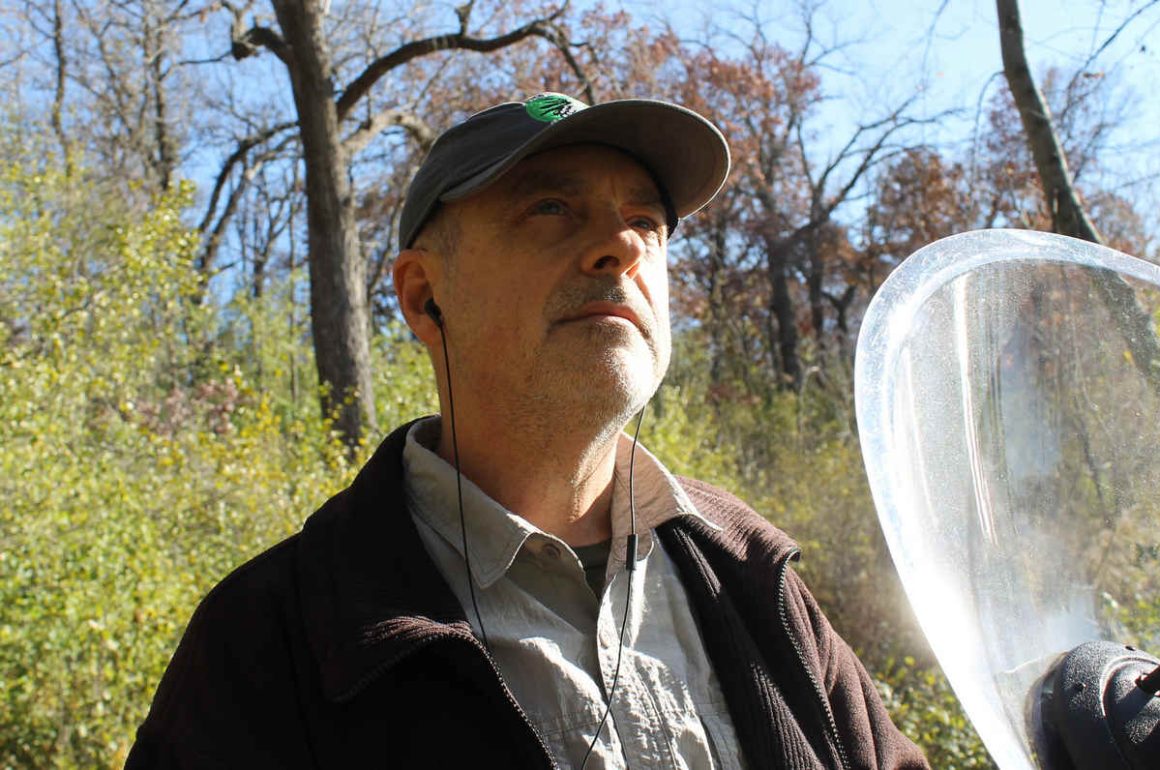
Michael Hurben is a Ph.D. physicist and longtime naturalist with a keen interest in birds. Oblivious to the avian world until his mid-twenties, a Northern Flicker captured his attention and prompted him to purchase his first field guide. He would soon meet a lovely wildlife biologist named Claire who had been birding her entire life, and so, of course, he married her. Several years after these happy events, his eyesight began to fail because of a genetic condition, retinitis pigmentosa, that progressively destroys peripheral and low-light vision. His response was to bird harder. In 2023, he got his 5,000th lifer, despite being legally blind. He and Claire have birded every continent and have lived in Colorado, Washington, Kansas, Singapore, and Thailand, and currently reside in Minnesota.
How did you come up with the idea of writing a book on this topic?
The idea came some fifteen years ago. I’d seen how various topics would be covered here and there (flight mechanics and the origins of feather colors have always been popular topics, which many birders are curious about), but nobody had pulled all the material together. And I really did not want to address birds alone, but the tools of birding as well. To a physicist, it is all manifestations of the same core ideas, but to most others, one side is biology and the other is technology and engineering. I want to remove that distinction. For if you inquire about eagle vision, for example, you arrive at the same physics behind cameras and telescopes. Why not exploit the economy?
The book’s original subtitle was “The sounds, colors, and movements of birds, our tools for appreciating them, and the underlying unity of nature.” The publisher said it was too long, and I had to drop the last part. Which still bothers me because to me, that is the point of the book.
In 2017, James Kakalios published “The Physics of Everyday Things,” and that was the final inspiration that got me going. That book looks at the physics ideas that you might find during a typical workday. I wanted to do something similar with a day of birding, but ended up breaking it up into a series of birding scenarios.
How much do you think of physics when birding? Does it come naturally to you, or do you have to force yourself to combine these two topics? Also, has thinking like a physicist ever ruined a birding moment for you?
I think about it all the time. It comes naturally, and I cannot turn it off. Everything out there, from feathers to lenses to semiconductor electronics, is a manifestation of the same elegant tapestry of fields and mathematical laws that are the foundation of nature. Has it ever ruined a birding moment? No, it only does the opposite. The “aha!” moment of understanding how some previously mysterious feature of the bird or birding world works is, honestly, more thrilling than adding another lifer. I realize that calling this a minority view is an understatement.
The book’s title hints at both birds and birders. What could be the benefit of reading your book to a birder who is not a scientist?
Well, birders are naturally curious people. Most of us want to know what things are and why they do what they do. Most birders naturally wonder how and why a gorget glows or why bare legs don’t freeze in the winter. The benefit of looking into these things is a greater appreciation for how wonderful nature is. And physics is nature. I like to think that birds are a gateway drug to other parts of the natural world, so to speak. That happened to me with dragonflies, which I find equally enchanting. Why not let them take you even deeper? Why not see the entire process of seeing a bird, which starts with how the sun generates light? It is no less fascinating.
Schematic of one cycle of the capillary ratchet of a Phalarope bill. (a) The droplet begins near the
tip with the bill open, adhering to both surfaces. (b) The bill is partially closed, squeezing the
droplet, which spreads further to the right due to the proximity of the surfaces. (c) Re-opening
the bill, the droplet tightens up from cohesion, causing the left side of the drop to move
further inward, resulting in a net shift away from the tip.

Could you give us an example where physics explains a bird’s behavior?
My favorite, which is discussed in the coda of the book, is the phalarope’s spinning. For years, I never really thought about it. I assumed “that is just the way they behave.” Then I came to understand that this motion is just the equal and opposite reaction to the truly clever process: making the volume of water beneath the bird rotate. Their feet are kicking the water into a cylindrical flow, creating a region of low pressure that pulls material off the bottom and up to the surface. It’s ingenious.
What parts of bird behavior do you think deserve more physics-based study?
I’m biased, and I have to go with magnetoreception. My Ph.D. research was on magnetic resonance in ferrite materials. I had no idea at that time that chemists and biologists were coming to understand that very similar physics was behind a novel mechanism that allows birds (and other animals) to sense the Earth’s magnetic field. This area is already getting a lot of research attention, but there are lots of mysteries yet to be solved.
Is there a common misconception among birders that physics can help clear up?
Many people, not just birders, have misconceptions about how flight (whether avian or human) works. It isn’t their fault, because the topic is not at all simple and many of the explanations (from popular accounts to textbooks, even) are simply wrong or misleading. It isn’t just hard to intuit; the motion can be hard to discern. It can appear that a bird flies by “flapping the wings up and down,” but it is much more complicated (and really clever and beautiful).
Were there any topics that you first thought to cover and then cut because they were too weird, too speculative, or too boring?
Yes. To give an example, there are minutiae related to roof prism binoculars that are fascinating (to me and to optics nerds, at least) but difficult to understand. I wanted to expand on them in the book because they are not covered anywhere. But I knew most readers would be put to sleep by it. So, I had to relegate that kind of material to my blog.
My impression upon reading your book was that it is sometimes difficult, if not impossible, to cover only the physics aspect and to exclude aspects of chemistry and biology. Was that a challenge in writing the book?
Indeed, and it was a challenge at times. A good example is the biochemistry of the avian salt gland. I tend to think about what ions do in terms of electrostatics and really basic chemistry. But that alone isn’t enough, because there is the complicated business of active transport pumps in cell boundaries and so on. Now that is complicated. I’ll never understand why some people think physics is so daunting, given the existence of something as convoluted as biochemistry, which is mostly beyond me. So I had a lot to learn there.
How has the initial response to the book been? I could imagine that the combination of physics and birds/birding only has a relatively small target audience, no matter how well your book covers the subject. What is your experience so far?
The intersection of birding and physics does not lead to a vast market of readers, to be honest, so the volume of reviews has been low. But they’ve been really positive so far, and I am very grateful for that. I was not at all sure what kind of reception it was going to get. After all, whenever I meet people and tell them what my background is, they often say something like, “Oh, I took physics once. I hated it.” That is the headwind I’m facing with this book.
Light from a fish (white) is refracted upon entering the air. The apparent position then appears higher, as shown by the gray image, seen from the egret’s perspective.
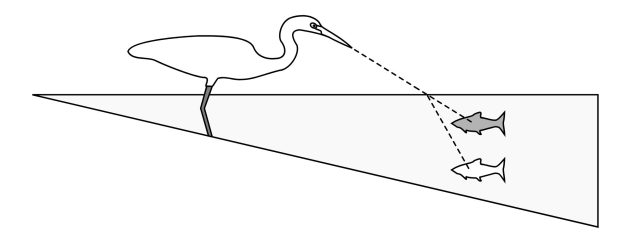
A question in two parts: Do you have a favorite bird species in general, and do you have a favorite species particularly related to physics?
I especially love Hoatzins—not for any physics reason, but because they are so odd: young birds have claws on their wings, and they occupy a monotypic order.
As for a “physics bird”, I’ll go with a Wilson’s Phalarope. I already mentioned the clever physics behind the spinning. But they demonstrate other ideas as well, including feather coloration that uses a variety of mechanisms; they have salt glands like those of albatross, and they use a novel mechanism, the capillary ratchet, to get food from the tip of the bill to the mouth. If I had to pick one species to base the book on, this would be it.
You mention that you are “legally blind”, which is also the name of your blog. How do you think this affects your birding – and also your perspective on the physics of birds and birding?
A severe vision disability has a huge effect on everything. I’m very fortunate in that I am not 100% blind, but I have lost 98% of my visual field. Under good circumstances, and with patience and cooperative birds, I can see them, but I’m primarily an ear-birder. It was very hard to accept the change at first. For years, I would spend the significant time and money that tropical birding trips require, only to listen to others ooh and ahh over the life birds I was not getting, birds right in front of me that I was not seeing. Missing a bird that others see happens to everyone, on occasion, but for me, that was the rule, not the exception. This motivated me to become a serious recordist. I became content to count “heard-only” birds if I could get a recording and verify the species myself by analyzing it relative to the xeno-canto catalogue. That was my game-changer that kept me in birding. And now, given the choice between seeing a silent bird or not seeing and recording it, I’ll take the latter.
The physics aspect, too, has helped me deal with the lack of visual enjoyment of birds. It has allowed me to appreciate birds by connecting them back to the fundamental parts of all of nature.
Finally, do you think a better understanding of the physics of birds and birding can also help protect birds better?
Honestly, that seems like a stretch. People who love birds will want to ensure their future, whether they are interested in physics or not. Protecting birds is more about convincing the people who are not naturally inclined to care about ecology that they should. We have to reach the people who don’t see that biodiversity matters, that every species and ecosystem is a priceless scientific resource worth protecting. Does shining a light on the fascinating physics of birds help to get any of those people on board? I’d like to think it could, but the realist in me says it probably won’t.
The Physics of Birds and Birding
The Sounds, Colors and Movements of Birds, and Our Tools for Watching Them
By Michael Hurben
Published by Pelagic on May 20, 2025
ISBN 9781784273071
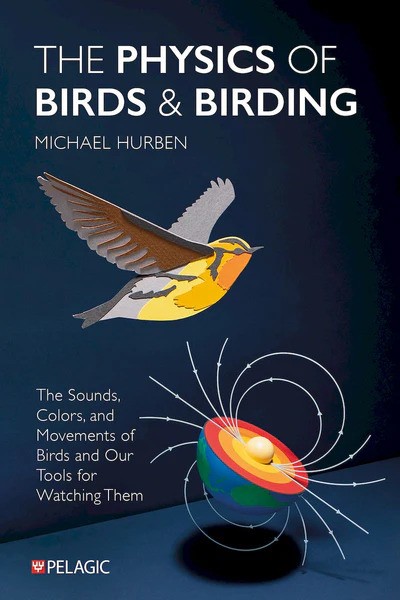


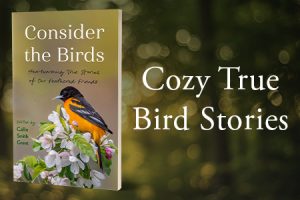

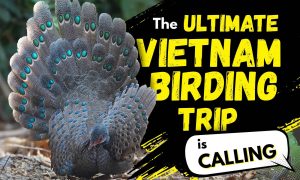
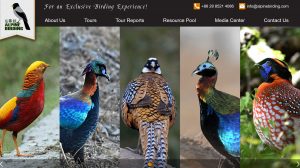
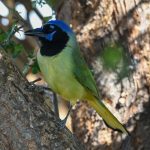
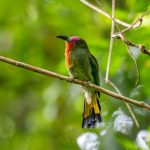

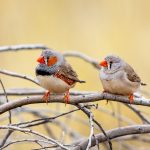
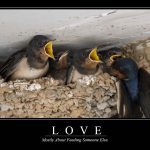

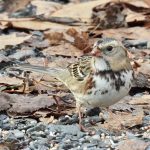
Lovely interview with some really cool physics examples woven into it. I will buy Michael’s book for sure.
It’s such an interesting interview